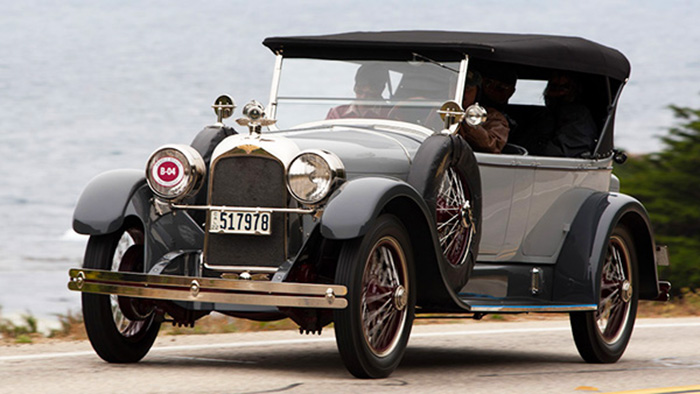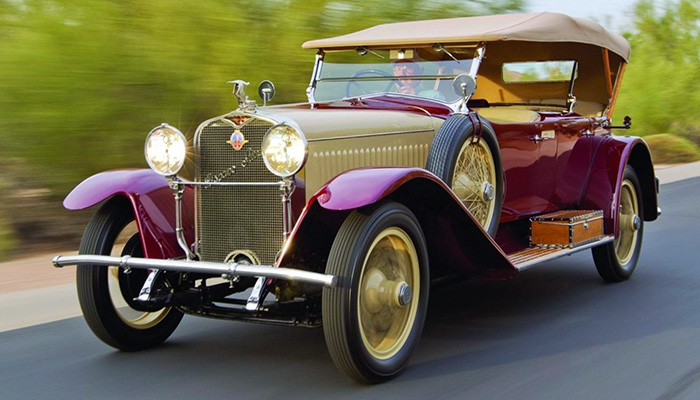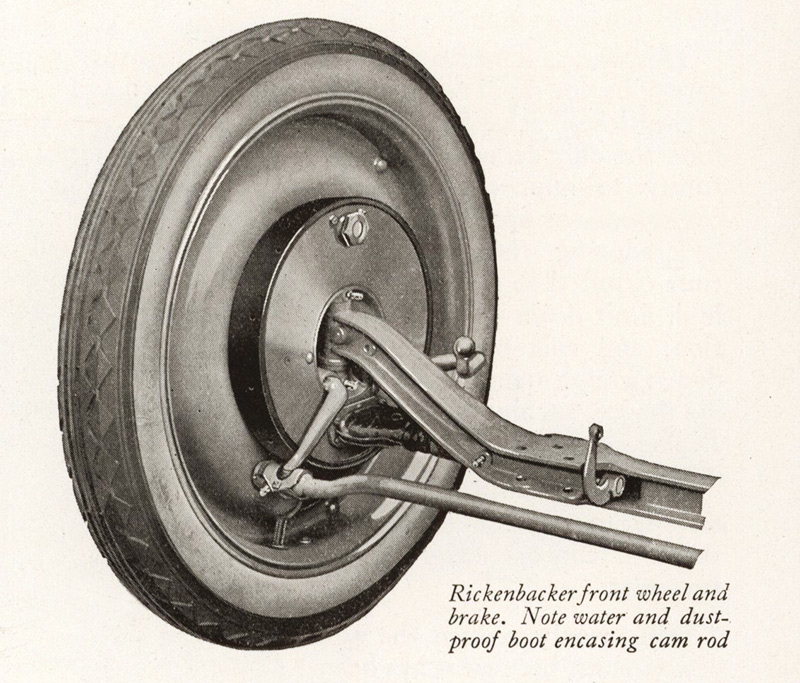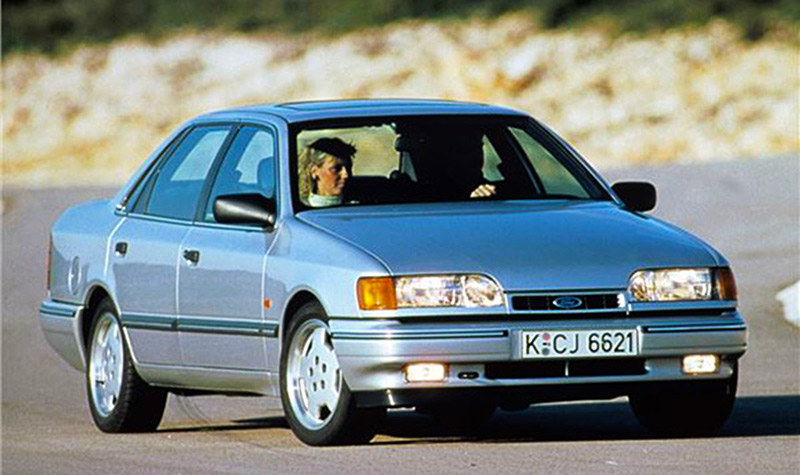AUTOMOTIVE BRAKE HISTORY
 Inventor Elmer Ambrose Sperry from Cleveland USA, designed the first car with front wheel disc brakes in 1898. The English engineer Frederick William Lanchester patented drum the brakes idea in 1902.
The biggest problem with his brakes was short lifespan and the loud screeching noise.
Inventor Elmer Ambrose Sperry from Cleveland USA, designed the first car with front wheel disc brakes in 1898. The English engineer Frederick William Lanchester patented drum the brakes idea in 1902.
The biggest problem with his brakes was short lifespan and the loud screeching noise.First mechanical brakes required drivers to apply significant force on the brake pedal and did not break all wheels evenly, sometimes leading to loss of control of the vehicle. At that time a brake job every 200 miles was considered normal.
 Duesenberg model A
Duesenberg model AIn 1918 Malcolm Lougheed invented a hydraulic braking system, later changing his name to Lockheed, an aviation company. Using cylinders and tubes, Lockheed sent fluid pressure against brake shoes, pushing them against the drums, it required much less exertion for the driver.
In 921 the hydraulic brake system was a definite improvement and the avant-garde Duesenberg model A was the first production car to use four-wheel hydraulic brakes.
In late 1923 Walter Chrysler made four-wheel hydraulic brakes that were based on the Lockheed principle but completely redesigned.
 Hispano-Suiza model H6B
Hispano-Suiza model H6BFrench made automobile Hispano-Suiza utilized a single foot pedal in 1919 to operate the coupled four-wheel brakes, a departure from the common requirement that a driver had to apply a separate hand and foot brake simultaneously.
In 1924 at the New York Auto Show, only car manufactures such as Duesenberg and Rickenbacker offered a four-wheel brake system.
 Rickenbacker brakes 1923
Rickenbacker brakes 1923 Ford Granada MK3
Ford Granada MK3Major improvement to automotive brakes was the invention of Anti-Lock Braking System, an ABS brakes combine’s hydraulic system with the electronic control.
The concept for ABS predates the modern systems that were introduced in the 1950s in the aviation industry. Anti-Skid Brakes first turned up on aircraft in the late 1940s this was a fully mechanical system. At first, it had limited automobile use, today all car manufacturers offer automatic braking technology, as an option feature on all their vehicles.
The German company Bosch has been developing Anti-Lock Braking technology since the 1930s, the first production cars using ABS Bosch's electronic system became available in 1978.
The first car worldwide to have ABS fitted as standard was the Ford Granada MK 3 in 1985.
Anti-Lock Braking System ABS or Anti-Skid Braking System, is an automobile safety system that allows the wheels on a motor vehicle to maintain traction contact with the road surface according to driver inputs while braking, preventing the wheels from locking up, ceasing rotation and avoiding uncontrolled skidding.
Modern ABS brake systems have been refined and more systems have been developed:
• EBL or EBFD Electronic Brake Force Distribution or Electronic Brake Limitation, is an automobile brake technology that automatically varies the amount of force applied to each of a vehicle's wheels, based on road conditions, speed and loading.
• EBS Brake, Electronic Activation of the braking components reduces response and build-up times in brake cylinders. This in turn reduces braking distance by several meters, which can be decisive in some situations. The integrated ABS function ensures driving stability and steerability throughout the braking procedure.
• Collision Avoidance Braking automatic braking is a technology to sense and avoid an imminent collision with another vehicle, person or obstacle by braking without any driver input. Sensors to detect other vehicles or obstacles included: radar, monocular camera, infrared and ultrasonic sensors.